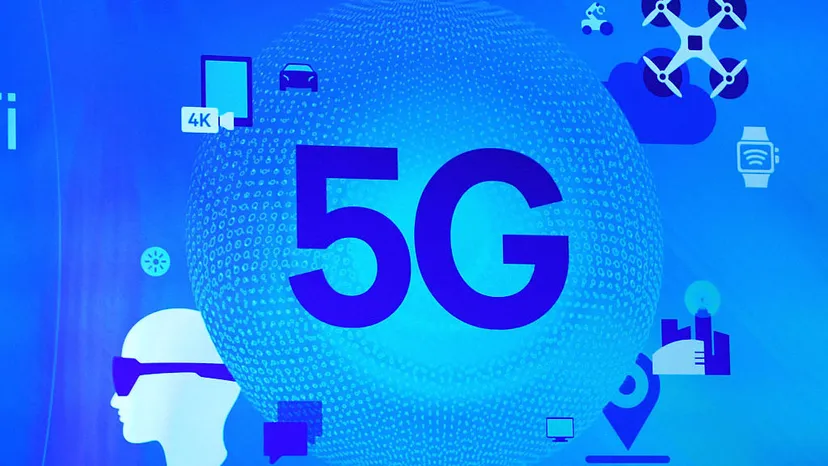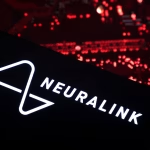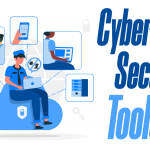The global rollout of 5G technology marks one of the most significant milestones in telecommunications history. Promising faster speeds, lower latency, and massive device connectivity, it isn’t just an upgrade it’s the foundation of the next digital revolution. From smart cities to autonomous vehicles, it is reshaping industries, redefining communication, and enabling innovations that were once science fiction.
Table of Contents
What Is 5G?
5G, or fifth-generation wireless technology, is the latest evolution of mobile networks following 4G LTE. It offers dramatic improvements in speed, capacity, and responsiveness, enabling a level of connectivity never before possible.
While 4G made streaming and mobile internet mainstream, it takes it much further by enabling real-time communication between millions of devices simultaneously, a key requirement for the Internet of Things (IoT) and emerging smart technologies.
How it Works
5G operates using a combination of three spectrum bands low-band, mid-band, and high-band (millimeter wave) frequencies:
- Low-band provides wide coverage but moderate speed, ideal for rural areas.
- Mid-band balances coverage and speed, commonly used in urban deployments.
- High-band offers lightning-fast data rates but limited range, suitable for dense city environments.
This mix allows telecom providers to design flexible networks that balance performance and accessibility.
Another key feature of it is network slicing, which lets operators create multiple virtual networks within a single physical infrastructure. For instance, one slice can support autonomous cars, another can handle emergency services, and another can manage consumer internet traffic all simultaneously without interference.
Key Advantages
- Blazing-Fast Speeds
It can deliver speeds up to 10 Gbps, nearly 100 times faster than 4G. This means users can download HD movies in seconds, stream 8K video smoothly, and enjoy lag-free online gaming. - Ultra-Low Latency
Latency delay before data transfer begins drops from around 50 milliseconds in 4G to just 1 millisecond in it. This enables real-time responsiveness critical for technologies like remote surgery, AR/VR, and self-driving vehicles. - Massive Device Connectivity
5G networks can support over a million connected devices per square kilometer, making them essential for IoT ecosystems such as smart homes, factories, and cities. - Energy Efficiency
Despite its performance, it is more energy-efficient, designed to deliver higher data throughput with lower power consumption per bit.
Real-World Applications
- Smart Cities: 5G enables intelligent infrastructure, from connected traffic lights to real-time waste management systems.
- Healthcare: Doctors can perform remote surgeries using ultra-low-latency connections, while wearable devices continuously monitor patient health.
- Autonomous Vehicles: Cars communicate with each other and the environment in real time to prevent accidents and improve traffic flow.
- Manufacturing: Factories use it to power robotics, automation, and predictive maintenance with minimal delay.
- Entertainment and AR/VR: it supports immersive virtual and augmented reality experiences, revolutionizing gaming, concerts, and digital events.
5G vs. Previous Generations
| Feature | 3G | 4G | 5G |
|---|---|---|---|
| Speed | Up to 2 Mbps | Up to 100 Mbps | Up to 10 Gbps |
| Latency | 100 ms | 50 ms | 1 ms |
| Devices Supported | Thousands | Tens of Thousands | Millions |
| Core Use | Mobile Web | Streaming | IoT & Automation |
This comparison shows how it isn’t just an incremental improvement it’s a foundational shift enabling real-time, data-driven innovation.
Challenges in Adoption
Despite its promise, 5G faces challenges in global implementation:
- Infrastructure Costs: Building dense networks of small cells and fiber optics is expensive.
- Spectrum Allocation: Governments and carriers must manage spectrum distribution effectively.
- Security Concerns: With billions of devices connected, securing networks from cyber threats becomes more complex.
- Limited Coverage: High-speed availability is still concentrated in major cities, with rural deployment lagging behind.
The Future of 5G Connectivity
The impact of it extends far beyond faster smartphones. It forms the backbone of Industry 4.0, driving innovation in AI, robotics, automation, and data analytics. The rise of 5G-enabled technologies will unlock economic growth, empower digital transformation, and lay the groundwork for the 6G networks of the future which are already in early research stages.
As global adoption accelerates, it will redefine how humans and machines interact, creating a hyperconnected world where everything and everyone is seamlessly linked.
Learn More
Also Check Ultimate Role of AI Agents in Automating Everday Tasks 2025











1 thought on “5G Technology – Rise of Ultimate Digital Landscape – 2025”